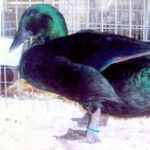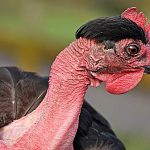
Chickens have no sweat glands, so chicken breeds that originated in hot climates have developed other features to help them stay cool. One is to grow a large comb and wattles, through which blood circulation increases in hot weather to help dissipate body heat. Another warm-climate adaptation is to avoid trapped heat by developing sparse […]
Continue Reading
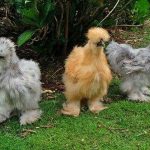
In addition to the miniature versions of large warm weather chicken breeds, five other bantam breeds also do well when the temperature rises. Of those described below, four of the five bantam breeds that tolerate warm weather are true bantams. Bantam Chickens The history of bantam chickens follows that of the Industrial Revolution. As families […]
Continue Reading
Comparison Chart of Duck Breeds – Click the name of the breed for more information, to see an image of that breed and for purchasing options. Breed Breed Color Link Weight Purpose/Type Egg Production Temperament APA TLC Ancona Duck 7-8 lbs Egg Laying; Exhibition Eggcellent Docile No Critical Status Buff Duck 5-6.5 lbs Egg and […]
Continue Reading
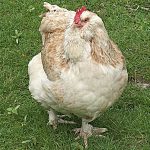
Most chickens have four toes on each foot. Of the chicken breeds found in the United States, five breeds typically have five toes on each foot. The condition is technically known as polydactylism — from the Greek words poly meaning many, and daktylos meaning a finger or toe. The trait of having five toes represents […]
Continue Reading
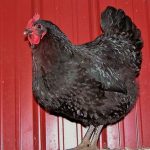
All hens start out laying small eggs. As the birds mature, the egg size increases until it reaches the normal size for the breed. Many breeds will end up laying small or medium size eggs, while most baking recipes call for large eggs. Chicken keepers who do a lot of baking therefore prefer chicken breeds […]
Continue Reading
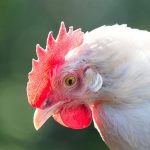
A broody hen stops laying eggs when she starts setting. Therefore, throughout the ages poultry keepers who have raised chickens primarily for eggs have culled persistently broody hens. In other words, they selectively bred in favor of non-setters. As a result, the breeds best known for superior laying ability are less apt to brood than […]
Continue Reading

Chickens that free range may occasionally encounter weeds that are toxic. Even so, most toxic plants don’t taste good, so chickens are rarely tempted to eat them. Besides, birds peck a little here and a little there to get variety in their diet. A bite or two of a toxic leaf or seed will rarely […]
Continue Reading
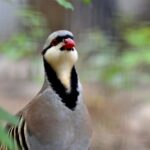
- Chukar Partridge – Sold as Hatching Eggs
- Sold in quantities of 30 or 60
Chukar Partridge orders need to be on a separate online order so your order can be processed properly. They cannot be shipped with any other fowl. No pick up orders.
Available March thru July
NOT AVAILABLE FOR THIS SEASON
Continue Reading
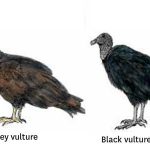
Vultures are often blamed for killing chickens that were already dead when they got there. Vultures are primarily scavengers. They subsist mainly on animals that have been dead for two to three days. A vulture is a large, black raptor with an exceptionally wide wingspan. It flies in large, languid circles while seeking something to […]
Continue Reading


